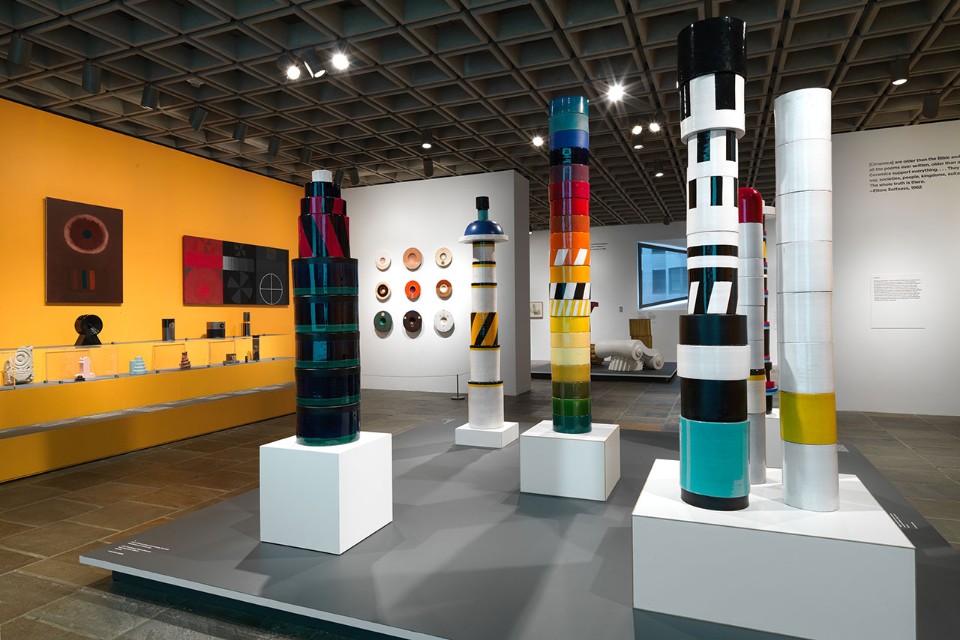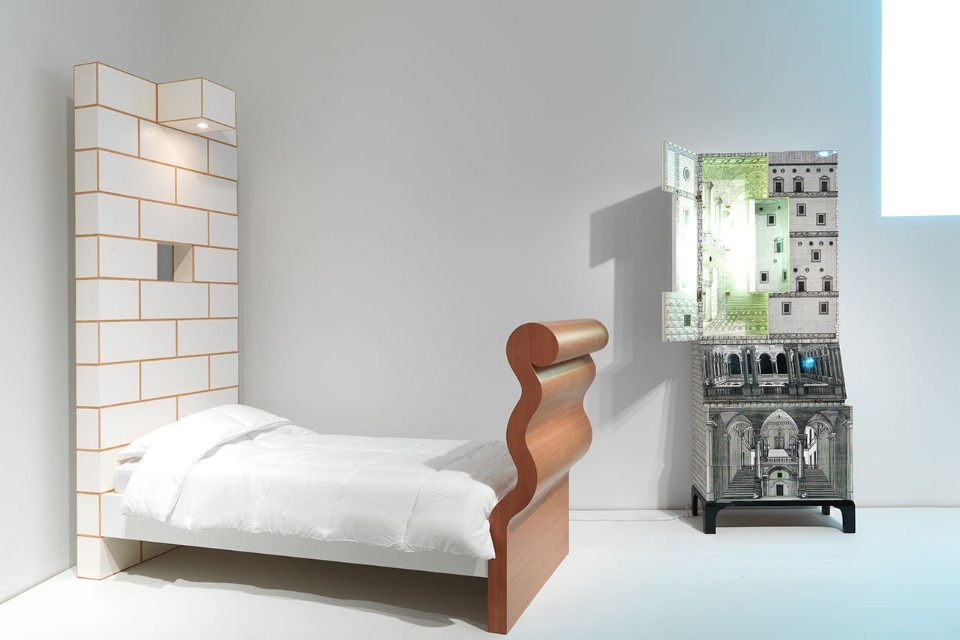
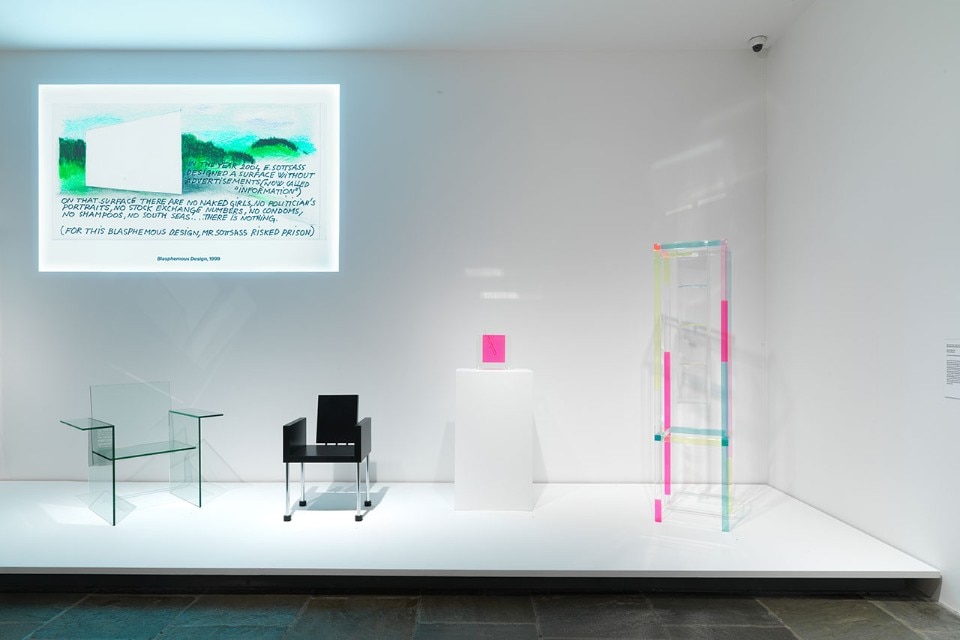
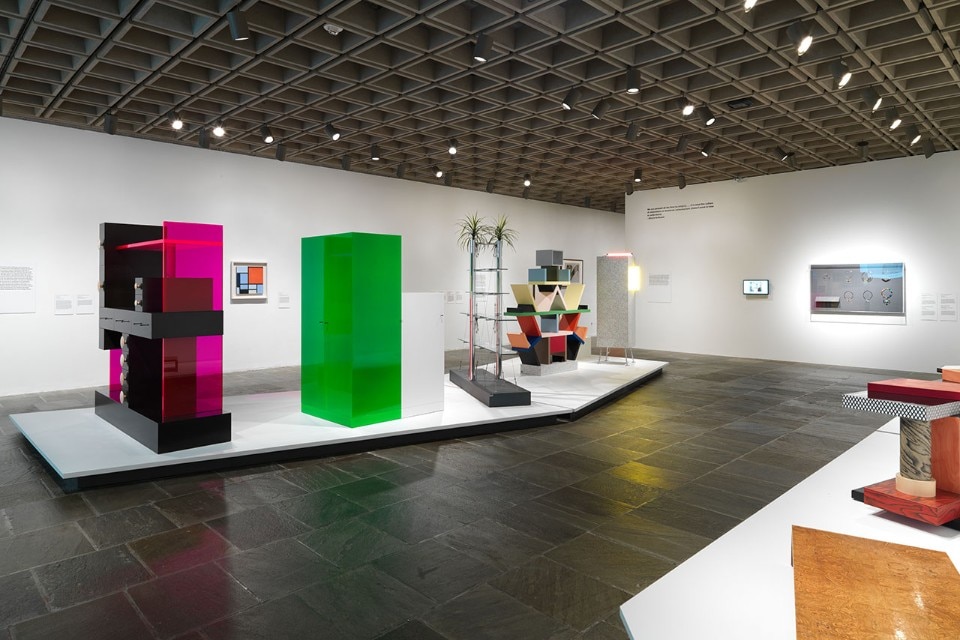
Described by Sheena Wagstaff, the director of the Department of Modern and Contemporary Art, as “trans-historical”, more than a classic retrospective, this exhibition is an exploration into the jungle of the Italian architect and designer’s interests. Alongside his works we also find those by other artists and objects of ancient and modern art that influenced or were influenced by his practice. The rooms on the museum’s fifth floor flow into one another like cultural constellations that transcend time and space, for a transversal, historiographical and stylistic rather than historical-biographical reading. “I view this exhibition as a formal exercise,” Larsen continues. “In the late 1970s, Sottsass himself published two books titled Esercizio Formale, in which he gathers notes, cut-outs, drawings and reproduces works from all sources of ancient or more recent history to then combine these into a pastiche which he relates formally. And this is exactly what the show does, too”.
Even though the installation does not help in understanding the cultural contribution, as it often creates visual confusion on the attribution of the works that is not compatible with the celebratory intent of the exhibition itself, the result is, in any case, extremely fascinating, thanks also to the concentration of masterpieces that only a museum like the Metropolitan with its encyclopaedic collection can offer its visitors.
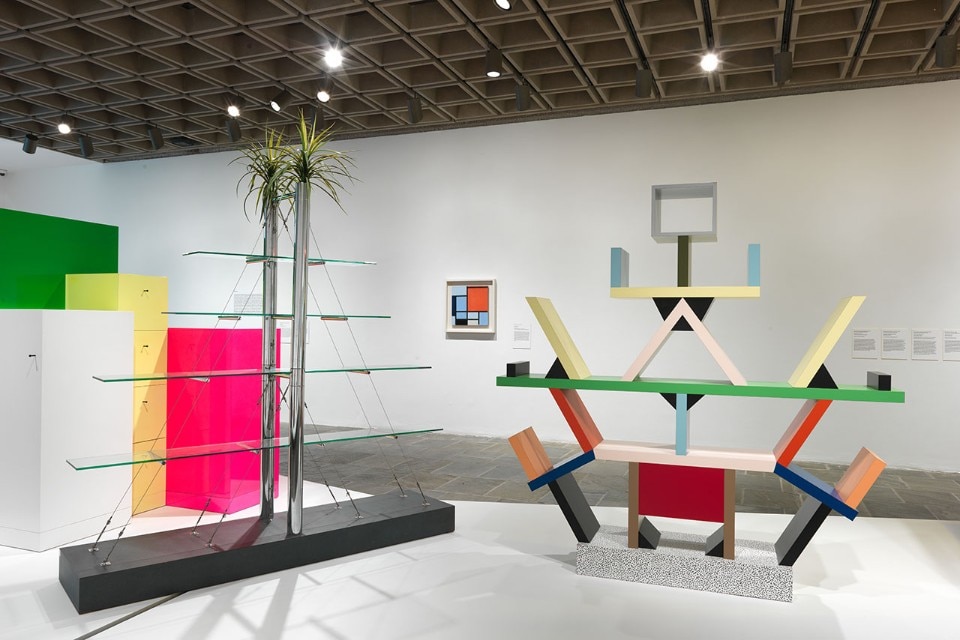
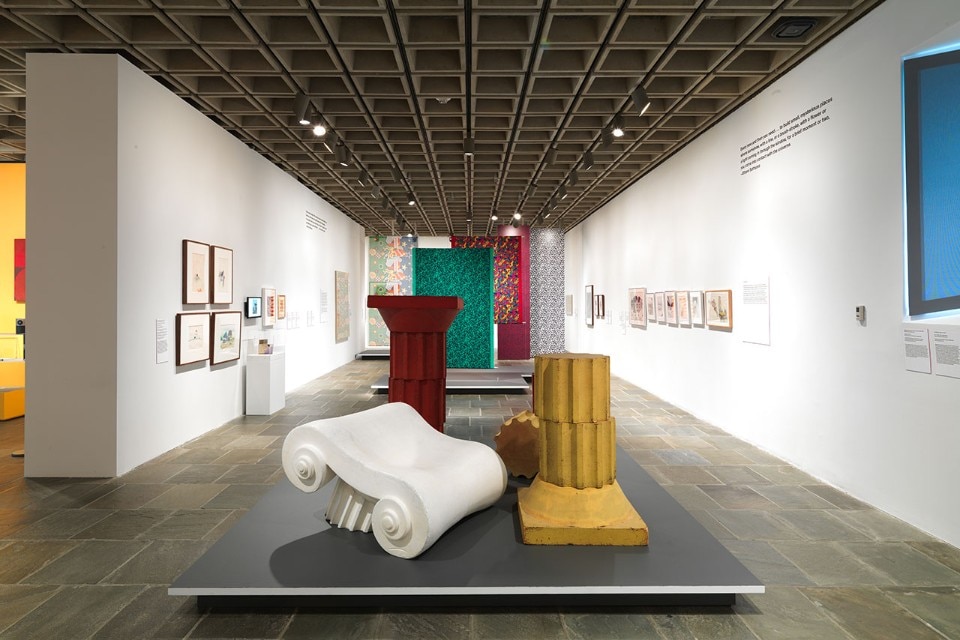
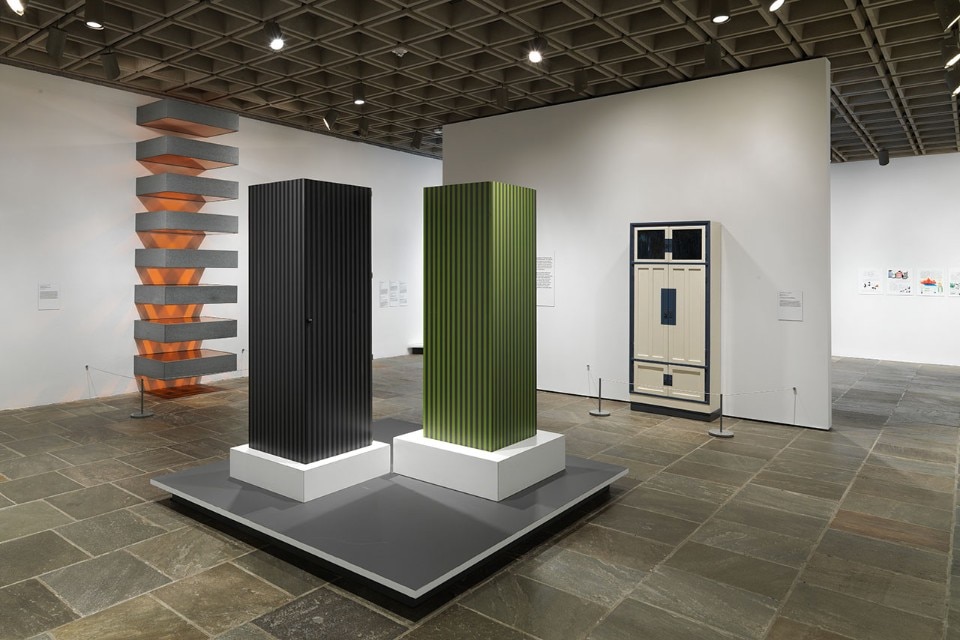
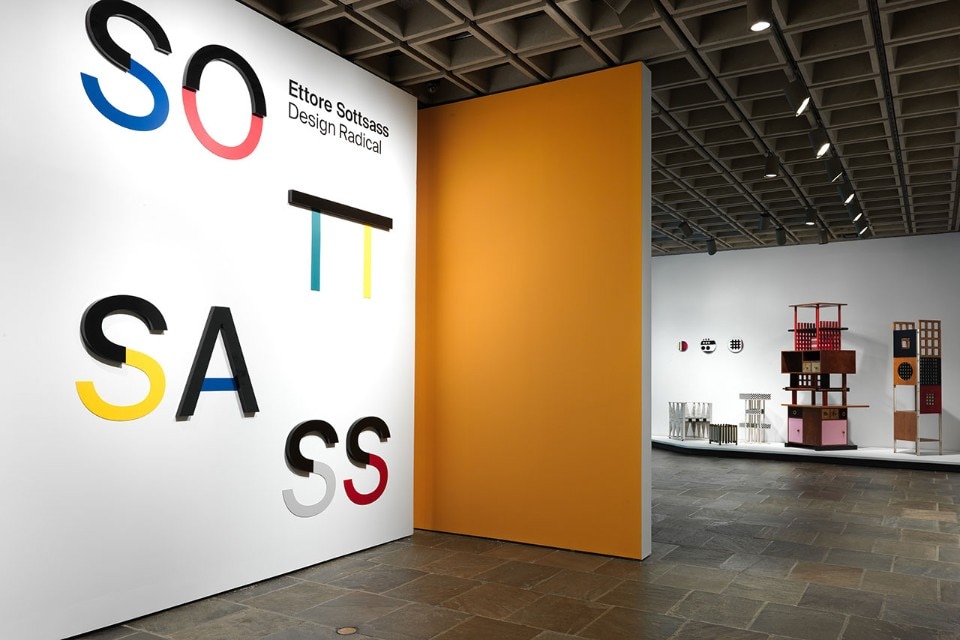
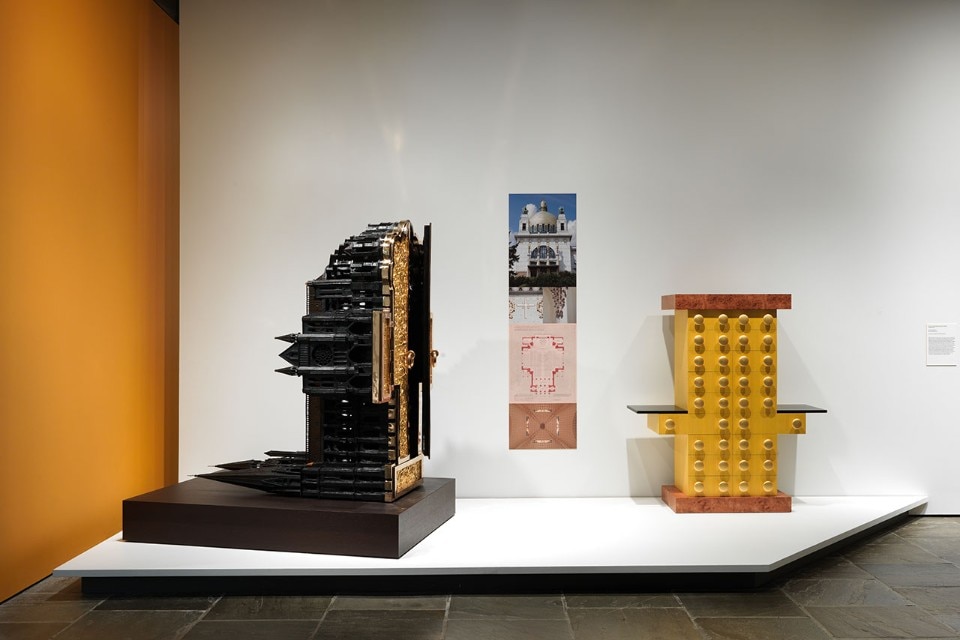
until 8 October 2017
Ettore Sottsass. Radical Design
Met Breuer, New York
Curator: Christian Larsen


